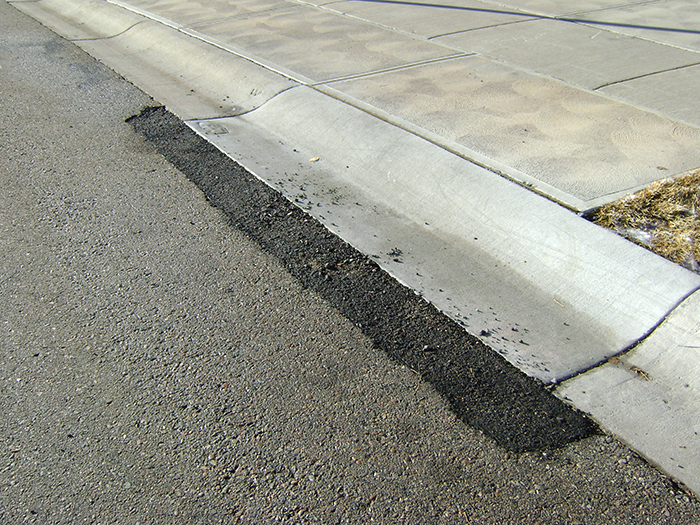Pwdr Extreme
Member
Whew! After reading all of this my conclusion is quite simple and should be extremely simple for Tesla to implement, probably reducing most if not all of the "unintended acceleration" claims.
It's silly to have the cruise control lever engage speed by moving it in all three of the possible positions, ie: pushing down, lifting up, or pulling towards you. Tesla should be able to easily change the software so cruise will only engage when the lever is pulled towards you, something not likely to happen accidentally.
I've owned several Mercedes, and although I've never accidentally engaged cruise (or in my Tesla), I've always thought the system was a bit odd.
This of course is only my opinion
It's silly to have the cruise control lever engage speed by moving it in all three of the possible positions, ie: pushing down, lifting up, or pulling towards you. Tesla should be able to easily change the software so cruise will only engage when the lever is pulled towards you, something not likely to happen accidentally.
I've owned several Mercedes, and although I've never accidentally engaged cruise (or in my Tesla), I've always thought the system was a bit odd.
This of course is only my opinion



